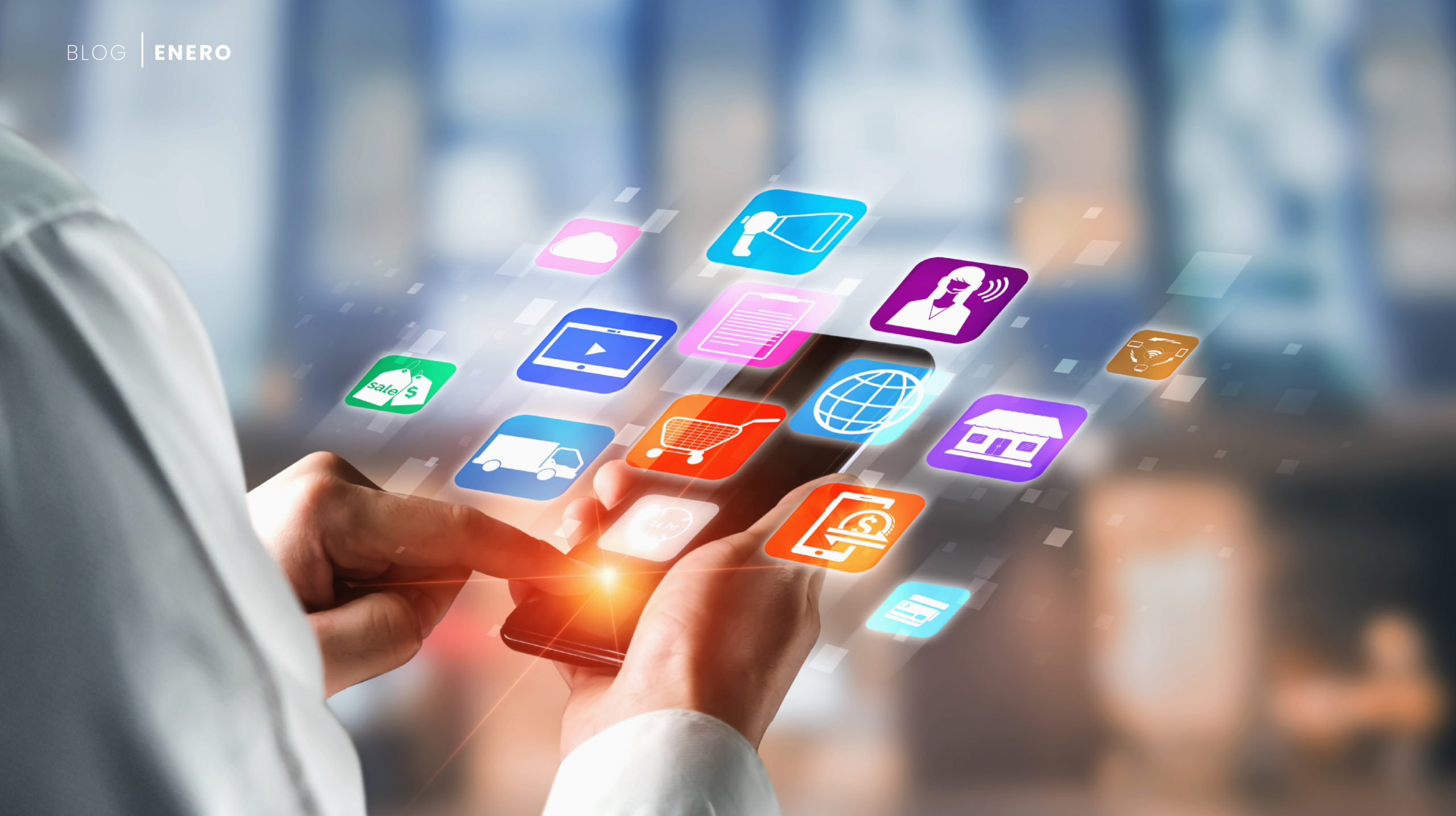The modern customer experience revolves around personalization across multiple interaction channels. As the online shopping trend continues to evolve, Customer Experience becomes a large-scale hybrid and immersive effort in which customers seek to engage across multiple touchpoints with a brand.
Here we show you how retail industry leaders are adopting Customer Experience as a competitive advantage.
- Every Customer is a New Customer
Converting a customer does not guarantee that they will remain converted. With every new channel through which an existing customer interacts with a brand, there is an opportunity to recapture their attention.
Consider this: What happens if a customer places an order online and opts for in-store or curbside pickup? If the experience is positive, that customer is likely to consider shopping in-store next time. Thus, the shopping experience in the store becomes a new opportunity to continue delighting this customer.
Remember, every touchpoint is an opportunity to engage and delight customers with positive experiences.
- Stay Connected Throughout the Customer Journey
Shopping experiences encompass more than a customer identifying what they want and completing a purchase. After a transaction, delivery, often performed by a third party, extends the experience, and most retail distributors cannot control this aspect.
From a missed delivery to damaged products, the Customer Experience in the retail industry depends a lot on this final stage. The good news is that you don’t have to lose contact with customers while orders are in transit.
Stay connected with customers by communicating when an order ships, the estimated delivery date, and post-delivery tracking to ensure the customer is satisfied with their order.
- Involve your Employees to Get Input and Ideas
As customer patterns change, so does the value of your employees in various roles. Although you may need fewer in-store employees, the value of in-store shoppers and customer service team members is becoming more significant. It’s time to come up with new ways to leverage your employees’ skills, talent, and familiarity with customers as shopping styles evolve. Investing in your employees pays off.
Continually listening to employees through short surveys helps keep issues and obstacles manageable during uncertain times, increasing the chances of customer success. The process of getting ideas from top employees increases their engagement and helps the company solve more problems through agile innovation.
Your employees understand customers because they interact with them daily. Collaborate with your team to determine the best assignments, schedules, and evolving tasks to meet customer needs while optimizing the value of each team member.
- Agile Innovation
“Agile” has become a buzzword as companies realize that customer trends are evolving faster than ever. Online shopping wasn’t immediately popular, but retailers that invested in websites and mobile apps more than a decade ago were much better prepared than competitors who thought the brick-and-mortar model would remain dominant.
As your customers’ needs and expectations change rapidly, so should your approach.
To maximize performance, retail leaders are testing each innovation with immediate customer feedback and linking it to Customer Experience metrics, such as Customer Satisfaction (CSAT) and Net Promoter Score (NPS®).
- Next Level Customization
No two customers are identical, and that’s why every brand in the retail industry needs personalization at the center of every experience.
Personalization ensures that at any point in the customer journey, each customer receives an individualized experience based on who they are, their interests, and various factors. Known as experience orchestration, this practice delights customers and fosters loyalty at scale.
In conclusion, Sagicc’s approach to supporting retail companies focuses on optimizing each interaction with the customer, using tools and strategies aligned with these five principles. This emphasis on customer-centricity establishes a competitive advantage, enhances brand loyalty, and ultimately drives business growth in the ever-evolving retail environment.



